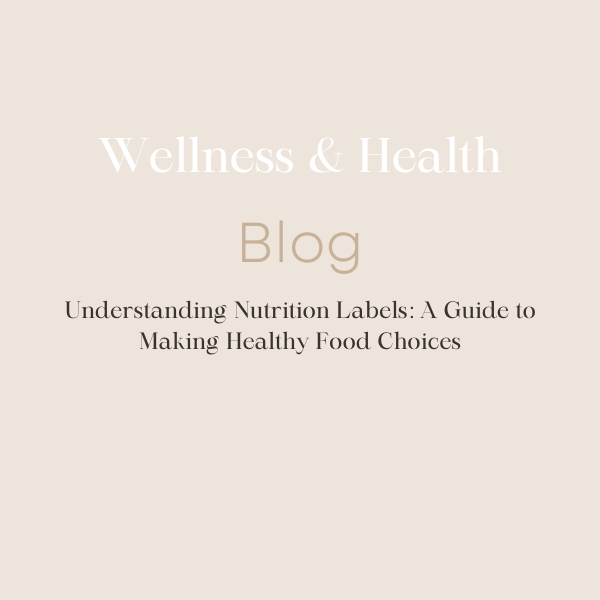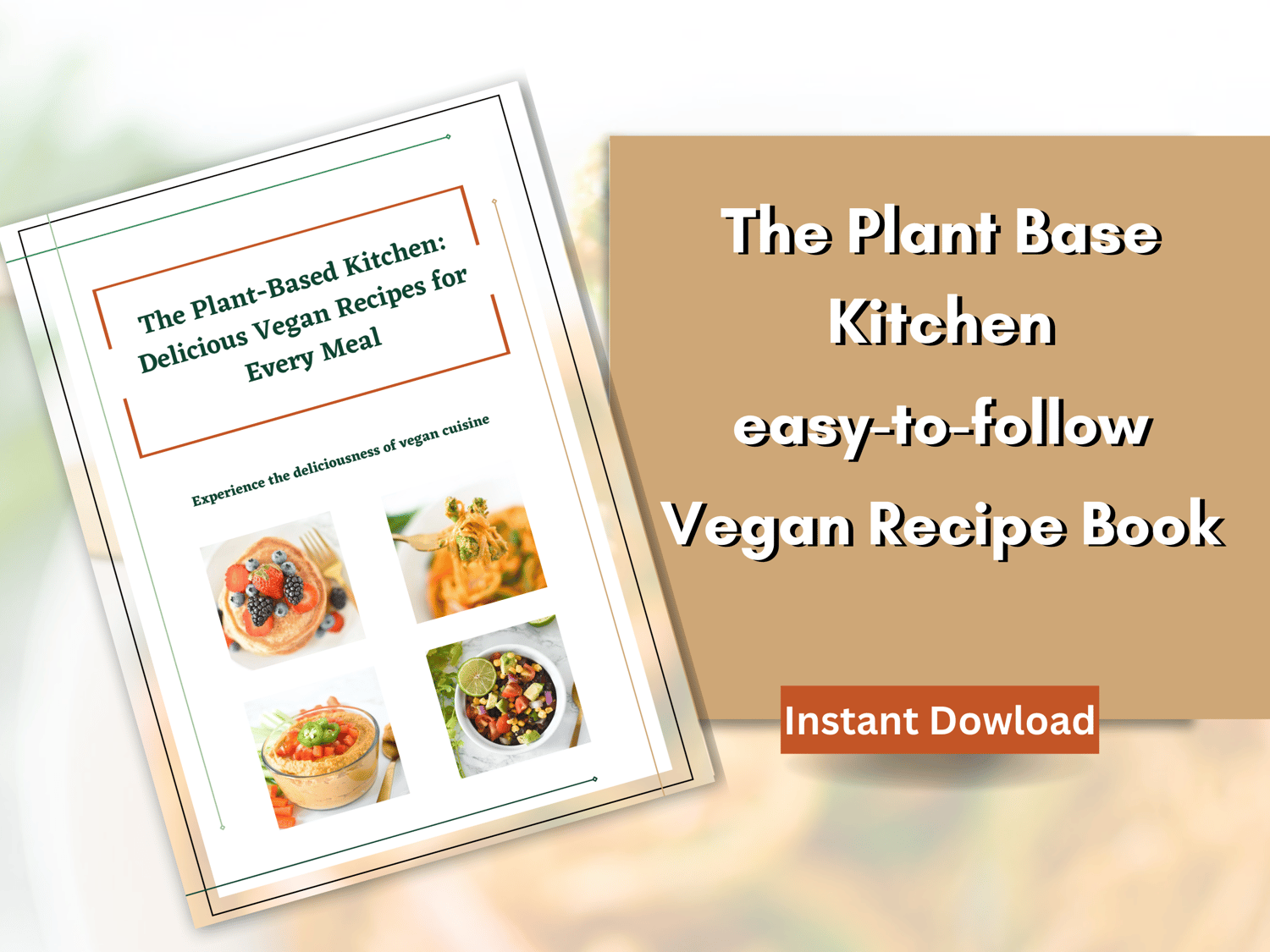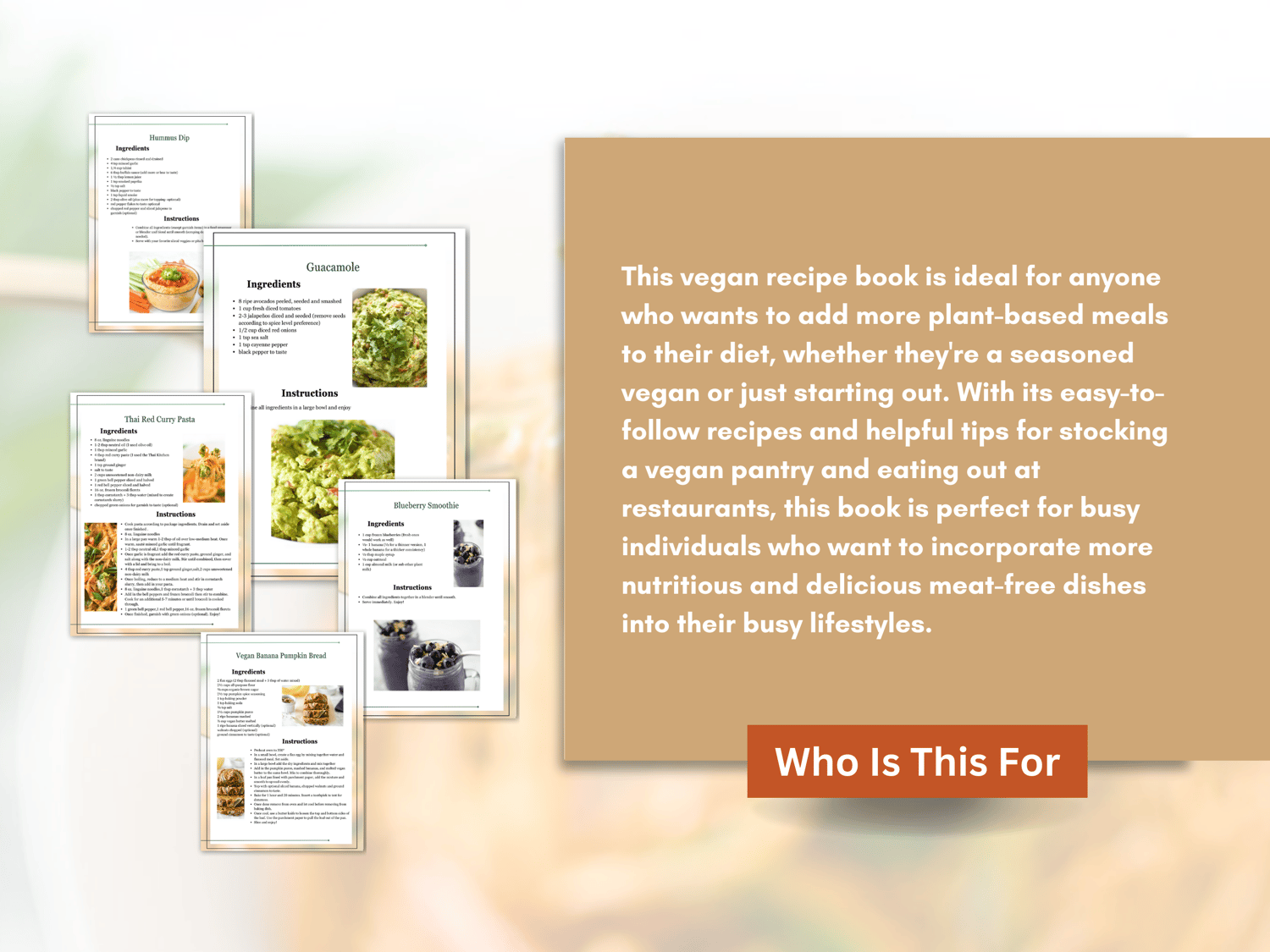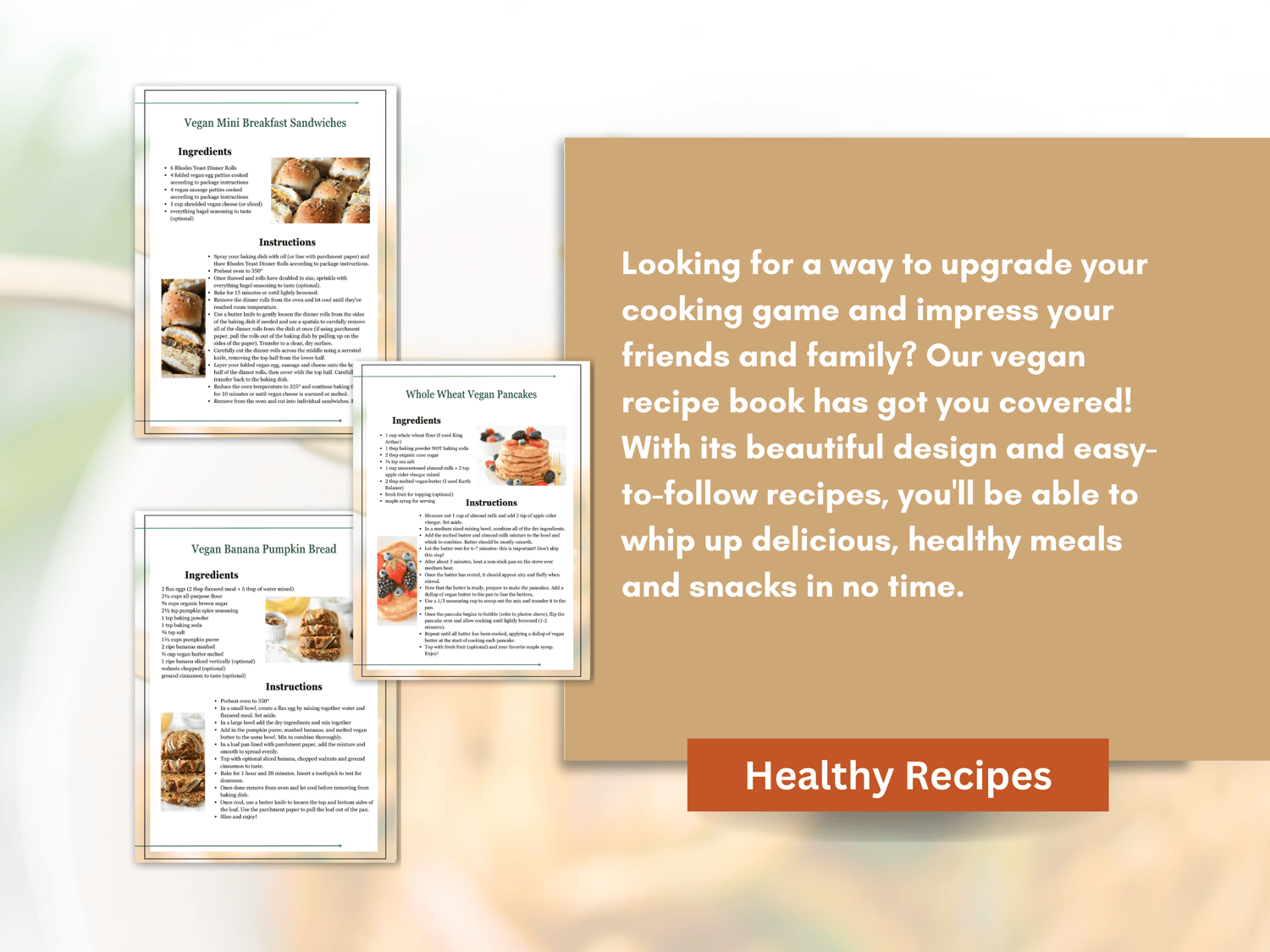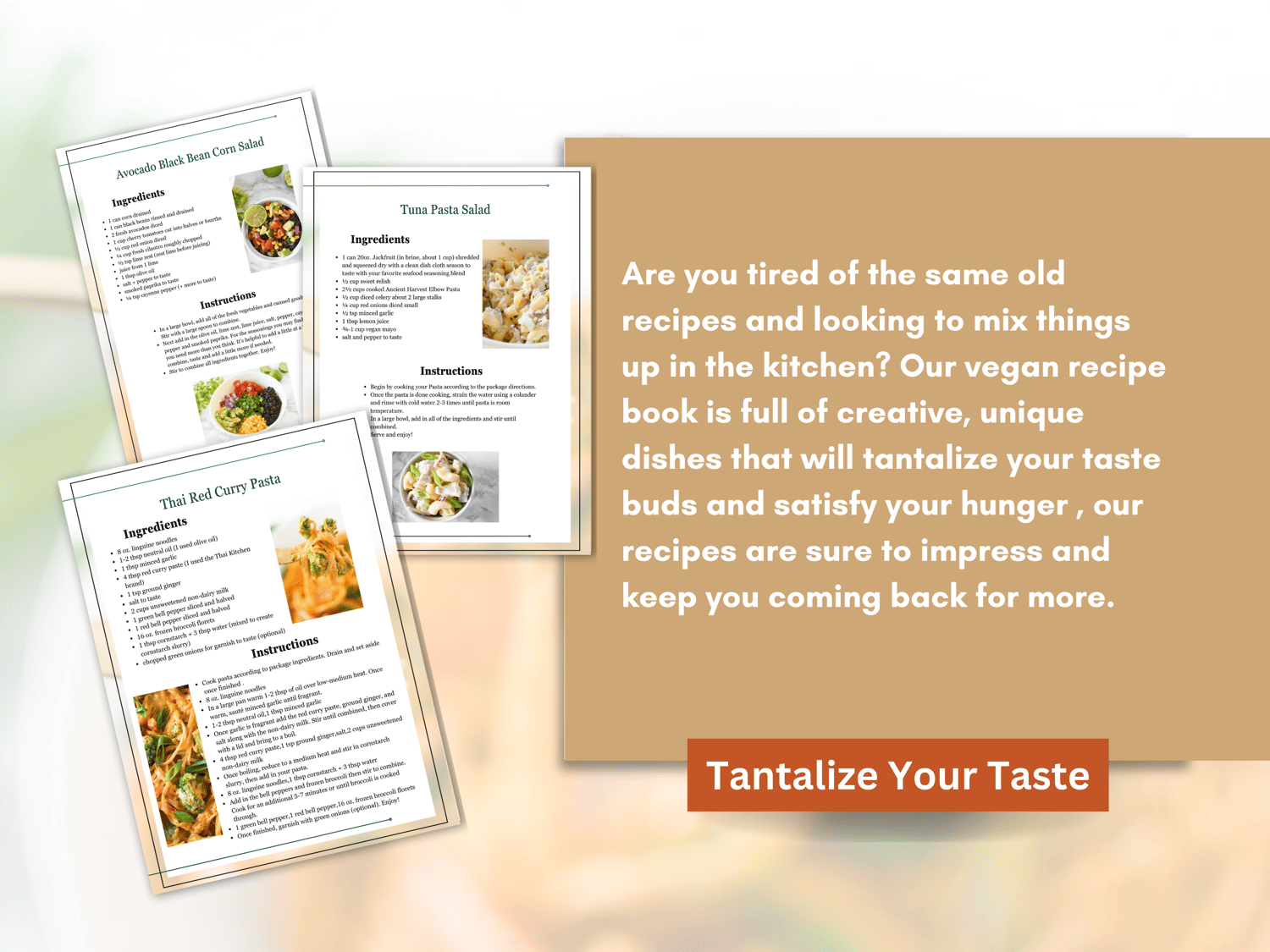Eating healthy is important for maintaining a healthy lifestyle, but it can be difficult to know what foods are healthy and what foods are not. Fortunately, nutrition labels can help you make informed decisions about the foods you eat. In this guide, we'll explain how to read nutrition labels and provide tips for making healthy food choices.
What Are Nutrition Labels?
Nutrition labels are found on most packaged foods and beverages and provide information about the nutrient content of the product. They are regulated by the Food and Drug Administration (FDA) and must include information about the serving size, calories, and various nutrients, such as fat, cholesterol, sodium, and fiber.
How to Read Nutrition Labels
Reading nutrition labels can be confusing at first, but it's important to take the time to understand them so you can make informed decisions about the foods you eat. Here are the key things to look for:
Serving Size: This tells you the size of a single serving and how many servings are in the package. All the information on the label is based on one serving, so it's important to pay attention to this when comparing different products.
Calories: This tells you how many calories are in one serving. If you're trying to lose weight, you'll want to pay attention to this number and try to choose foods with fewer calories.
Nutrients: This section of the label provides information about the amount of various nutrients in one serving. Some nutrients, such as fiber, are beneficial and should be consumed in higher amounts, while others, such as sodium, should be limited.
Ingredients: This section lists all the ingredients in the product, with the main ingredient listed first. If you're trying to avoid certain ingredients, such as added sugars or artificial flavors, this section can be helpful.
Tips for Making Healthy Food Choices
Now that you know how to read nutrition labels, here are some tips for making healthy food choices:
- Choose Whole Foods: Whole foods, such as fruits, vegetables, whole grains, and lean proteins, are generally the healthiest options. They are packed with nutrients and often have fewer calories than processed foods.
- Limit Processed Foods: Processed foods, such as frozen dinners, snack foods, and sugary drinks, tend to be high in calories, fat, sugar, and sodium. Try to limit your intake of these foods and focus on whole foods instead.
- Pay Attention to Portions: Even healthy foods can be high in calories if you eat too much of them. Use the serving size information on nutrition labels to help you control your portions.
- Avoid Added Sugars: Many processed foods, such as candy, cookies, and soda, contain added sugars. These are often listed under different names, such as high fructose corn syrup, cane sugar, or corn syrup. Try to limit your intake of added sugars and choose foods that are naturally sweetened, such as fruits.
- Look for Healthy Fats: Not all fats are created equal. Healthy fats, such as those found in nuts, seeds, avocado, and fatty fish, can be beneficial for your health. Try to choose foods that are high in healthy fats and limit your intake of saturated and trans fats.
Reading nutrition labels and making healthy food choices can be challenging, but with a little bit of practice, you can become an expert at it. By focusing on whole foods, paying attention to portions, and limiting your intake of unhealthy ingredients, you can make sure that you're eating a healthy and balanced diet. Remember to always read nutrition labels and choose foods that are high in nutrients and low in calories.
Ready to make informed and healthy food choices? Subscribe to our mailing list to receive more helpful tips and guides like this one straight to your inbox. Plus, leave a comment below and let us know your thoughts on nutrition labels – we'd love to hear from you!


